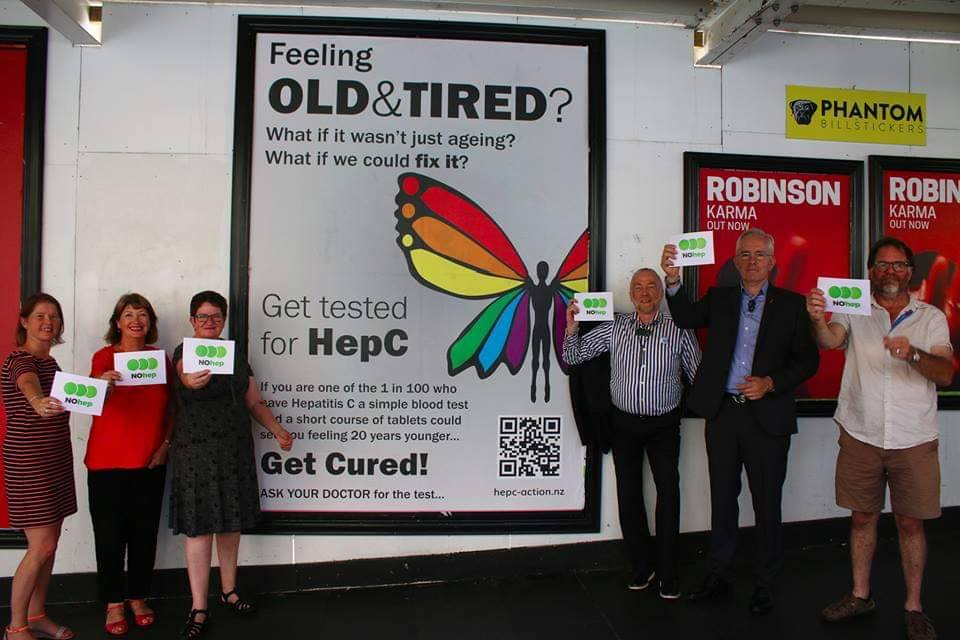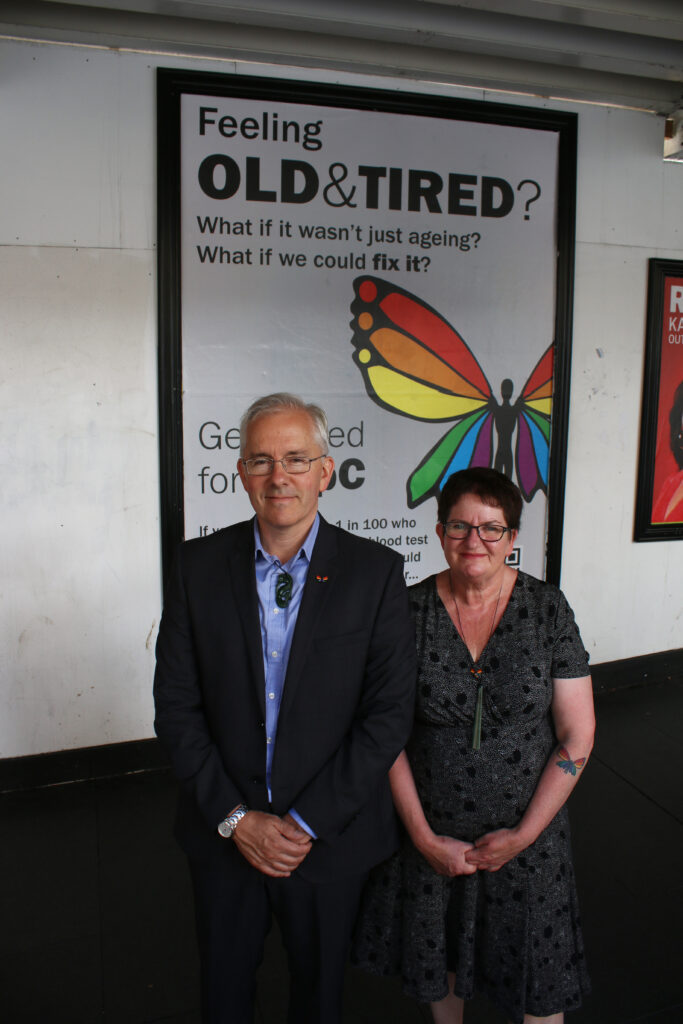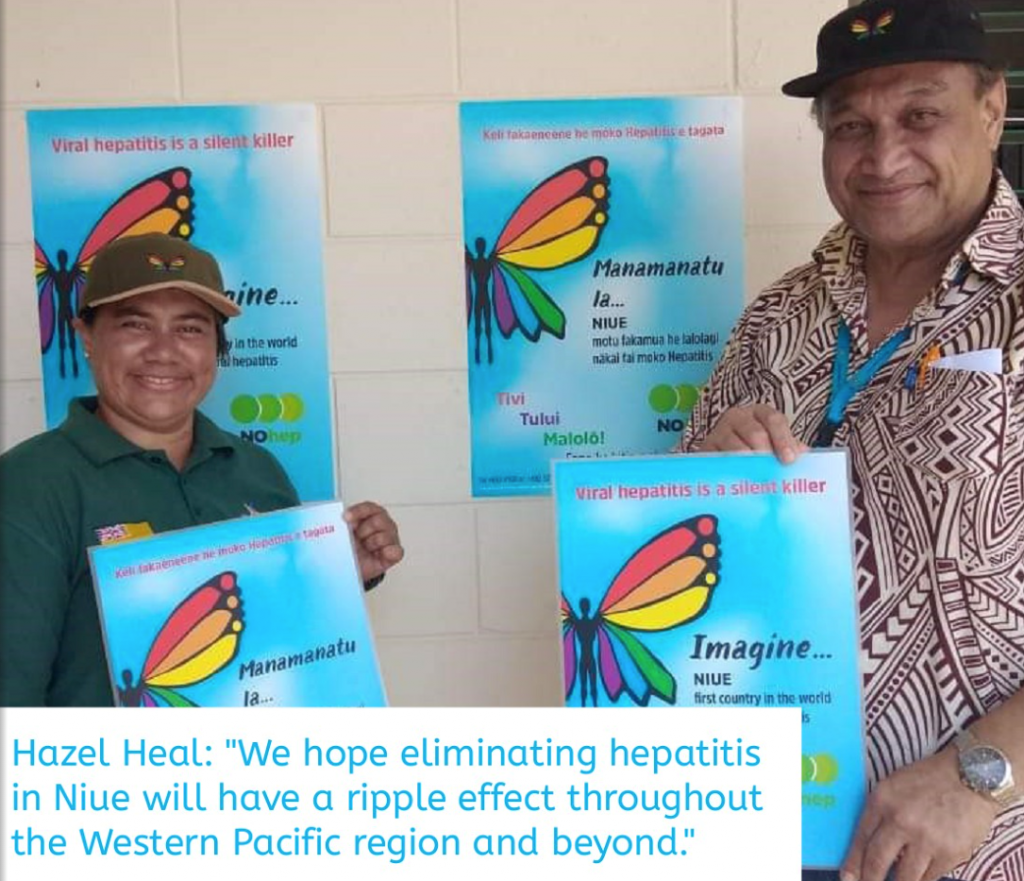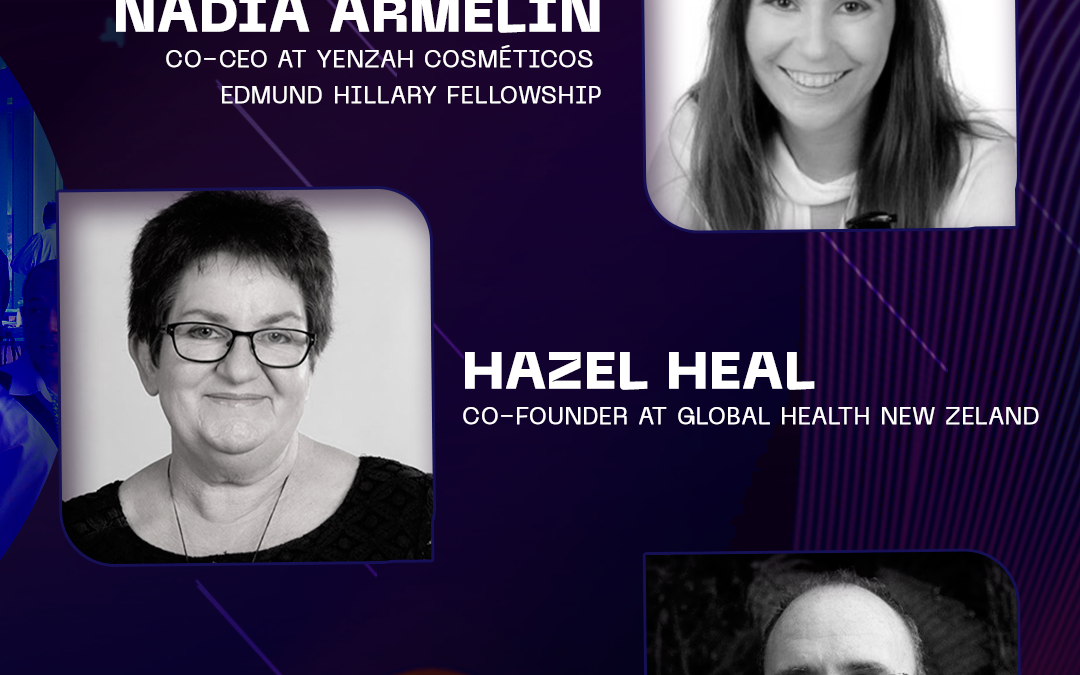
“Hacking Rio 2020” Brazil’s event highlights lessons in social change from NZ.
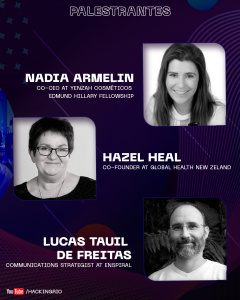
Global Health New Zealand’s Hazel Heal was a panellist:


Global Health New Zealand’s Hazel Heal was a panellist:
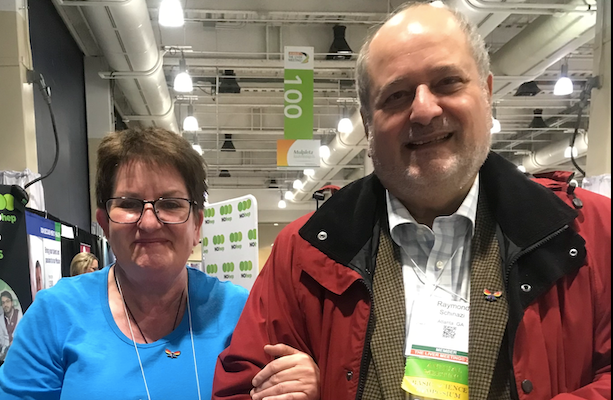
November 2019 found me in a conference hall in Boston. I was tired, I had come to the end of three days on an NGO stand at the biggest liver conference in the world. Almost time to pack up. I was there promoting our new global symbol for the highly stigmatised virus, the Hep C butterfly.
As we had found everywhere in the world, I’d had overwhelming support, thousands of ‘feel good’ butterfly items taken and endorsements of it as the global symbol signed. It was on the lapels of most of the eminent clinicians there. It really happened. The #hepcbutterfly has become like the daffodil for cancer. People walk towards it, and the stigma is gone. They talk and ask questions, and it leads to treatment.

Many smiles and selfies later. I had travelled from New Zealand and attended the conference alone, and I was almost talked out. One more person approached, smiling in advance, as so many did at the stall. I had seen thousands of faces, but this face was one of those frozen moments. I searched my mind because I knew this was significant. I’m glad to say it came quickly, and the conference lanyard came in handy to confirm.
“Professor Schinazi?”
I realised it was the man to whom I owed my life. The legendary virologist who invented the world’s first and only cure for a virus. I thought about all the people I knew… actually, the millions of us who would not be alive now but for his groundbreaking work. Breakthroughs are not ‘just’ for Hep C, but Hep B and HIV as well. One of the scientists of the century.
I was looking around and asking stall holders if they realise who this is.
https://en.wikipedia.org/wiki/Raymond_F._Schinazi
I’m not easily overwhelmed, but it was a big moment. We talked, and he was happy to endorse our symbol for the virus he cured. He wanted to know how I felt, what the difference was for me, he is a researcher and does not speak to many people like me, a survivor thanks to sofosbuvir.
I was able to tell him- I was at death’s door. My liver was failing, and I had Hep C all my adult life. Your miracle drug arrived just in time, I am twice the person I was before and have since completed a law degree. I was able to tell him of the thousands of survivors I am connected to on social media and thank him for us all.
In these new extraordinary times, conferences like this are now impossible. We swapped contacts and have kept in touch a little. The man behind my miracle continues to work on viral solutions, and I keep using my new life to give others the news about the cure. This moment captured is one I won’t forget. There are even more challenges to be met in global health now, and thanks to Professor Schinazi, I have work to do.

David Gold and Victor Zonana created Global Health Strategies in 2002. In founding GHS, they drew upon their individual experiences in HIV activism, media, industry and government. The result was a company that leveraged communications and advocacy to help organizations bring comprehensive change to international health and development.
In the years since, GHS has grown from a New York-based company serving clients based in the United States and Europe to a global network with a focus on emerging markets. This issue expertise has expanded beyond its initial grounding in infectious diseases to include a wide variety of health and development challenges, ranging from research and development to climate change to family planning services. We now have offices in the US, Brazil, India, China, Africa and Europe. GHS has expanded its client base to include philanthropies, industry, multinational organizations, NGOs and governments. The result is a collection of fully integrated offices working to address the most pressing issues of the 21st century.
At the heart of GHS’s work is the vision of a world where everyone, no matter where they live, has the chance to live a healthy life. We are helping to achieve this goal by working with clients to promote research and development for urgently needed medicines, advocate for services on behalf of at-risk populations, and strengthen the most vulnerable health systems so that they can stand resilient in the face of modern threats. The world has made remarkable progress on all of these fronts in recent decades, giving us hope, resolve and ambition to do even better in the future.
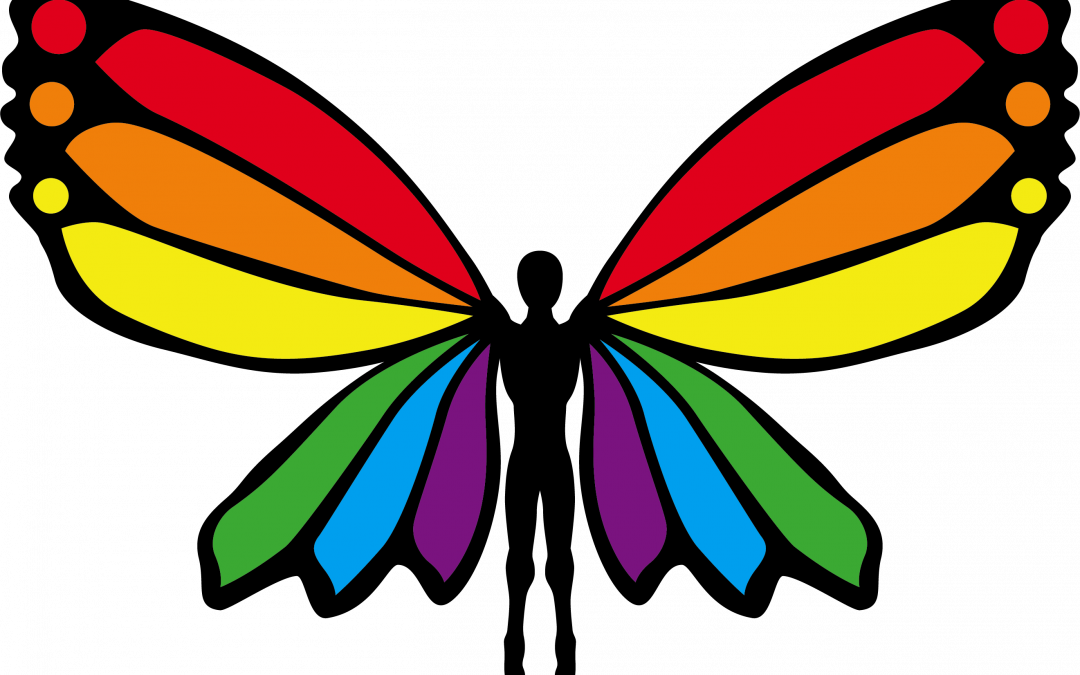
The red ribbon used for HIV awareness has been a potent tool for destigmatizing that disease. Several years ago, conversations with Greg Jefferys about the Butterfly Effect and treatment advocates like Hazel Heal from New Zealand, Isabelle Andrieux-Meyer from Médecins Sans Frontières and Dr Sherine Helmy from Pharco/DNDi combined with the happy coincidence of Dr James Freeman meeting the Native American artist and cartoonist Marty2Bulls. James, via FixHepC, commissioned Marty to give some thought to creating a symbol that captured the butterfly effect and the transformative nature of Hep C treatment.
The result of this happy series of serendipitous ideas, meetings and events was the Butterfly Symbol.
To the extent possible under law, FixHepC, Dr James Freeman and Marty2Bulls have waived all copyright and related or neighbouring rights to Hep C Butterfly Symbol.
The Hep C butterfly symbol is © FixHepC and is distributed under a CC0 Public Domain licence to be freely downloaded and used.This licence is commonly known as “No rights reserved”.
Download Hep C Butterfly in Adobe Illustrator format
Download Hep C Butterfly in PNG format
Download Hep C Butterfly Tested Treated Cured in Adobe Illustrator format
Download Hep C Butterfly Tested Treated Cured in PNG format
